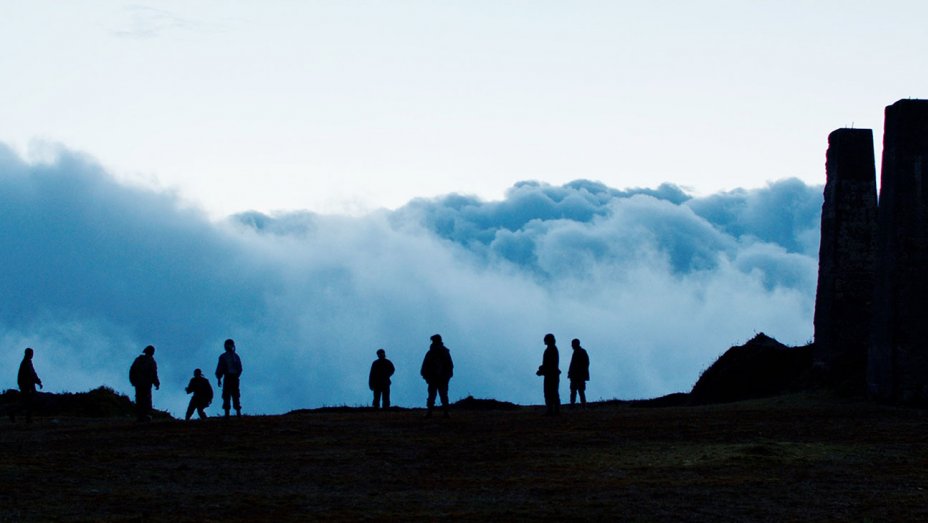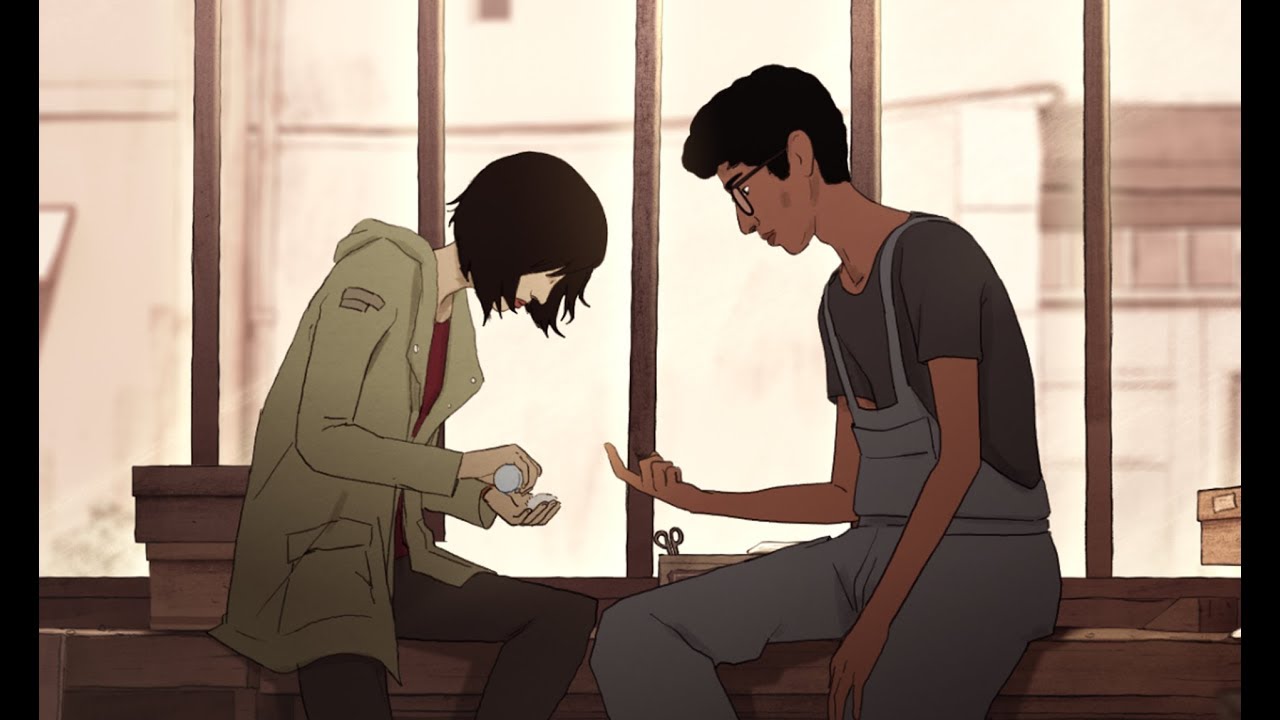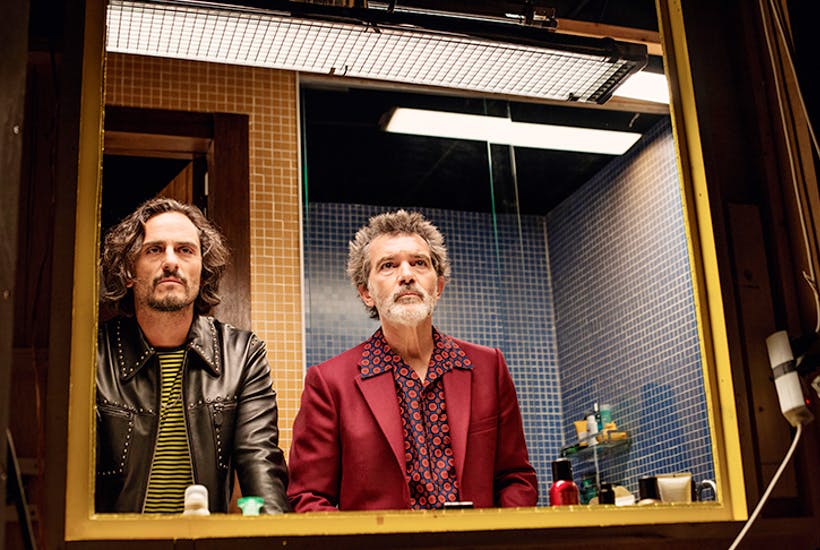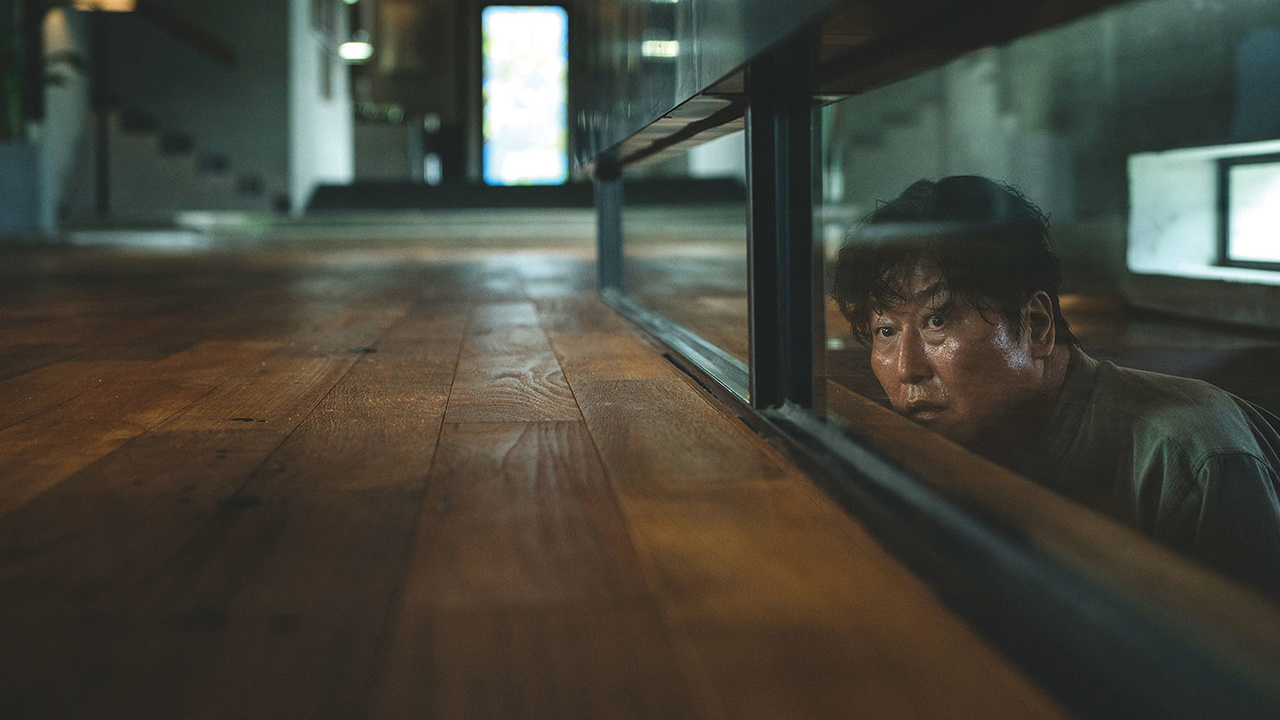5. Monos

Colombia’s Oscar-nominated “Monos” tells a completely unusual, fantastic story of war and survival.
Eight child soldiers in the mountainous environment of Latin America hold an American woman hostage in a place resembling a summer camp. When a surprise raid occurs, the children’s relatively peaceful days come to an end. The group, whose confidence and loyalty they feel with each other, has been shaken, and they have to leave their bases and take refuge in the depths of the forest.
The film is hardly interested in how the structure that the children are connected to works or how it is politically positioned. Instead, it offers a tense narrative of the wild nature of a group of adolescents who have been deployed or imprisoned in such a place.
“Monos” is technically almost flawless with its visuality and sound using. Wide shots, which emphasize the desolation and uncompromising attitude of the scenes, match perfectly with the physical conditions of the region where the events take place, and this masterfully serves the narrative.
Recalling the 1979 masterpiece “Apocalypse Now” by Francis Ford Coppola, “Monos” turns into a very intense experience while preserving the sense of chaos throughout its running time.
4. I Lost My Body

Adapted from scenarist Guillaume Laurant’s novel “Happy Hand,” “I Lost My Body” is a difficult film to describe. This wonderful animation, which has managed to create special scenes of a kind that prove the pure power of cinema, is one of the best of its genre in the past years.
Escaping from a laboratory in Paris, there is nothing a cut hand can’t do to find the body to which it belongs. The dangers of the streets for a lonely hand detached from its body don’t intimidate it. This hand is also the crucial point of pizzeria owner Naoufel’s broken love story with the librarian Gabrielle.
“I Lost My Body” often travels in ambiguous areas and draws its strength from the unique moments it creates there. The purity of the sense of touch, the melancholic effect of the traces of the past, fate and loneliness combine skillfully, and it becomes quite haunting with the one of the most simple and effective endings of recent years.
3. Pain and Glory

Veteran director Salvador Mallo, who stopped making films, often returns to the past. He travels back to the years of his childhood, the village where he lived with his mother, the hardships he experienced, his young love in Madrid, and the time he began writing that was an escape for him.
The story undoubtedly carries strong autobiographical traces of Almodovar’s life. Like in his other films, “Pain and Glory” uses the power of the vague field between reality and fiction through constantly emphasizing the cinema screen and the audience. And this leads the audience to think about how close the relationship cinema and real life have.
Although Almodovar has a career with ups and downs, he is one of the most special directors living today, with the innovations and perspectives he has brought to the cinema.
With all of that, “Pain and Glory” is nothing but a great opportunity to take a closer look at the life, dreams, contradictions, and passions of this great auteur.
2. Parasite

Bong Joon-Ho, who has made wonderful films such as “Memories of Murder” and “The Host” at the beginning of his career, has reached the peak of his power in recent years. The latest wonder, “Parasite,” which focuses on sharp class conflict, is a very tense but also a touching drama.
The unemployed but resourceful members of the Kim family infiltrate into the wealthy Park family’s house, one by one, as an English teacher, painting teacher, and maid. But no matter how skillful they are in forgery, there is something they cannot hide.
Returning from Cannes with the Palme d’Or, “Parasite” offers a critical and original look at the relationship between South Korea and Western culture, while avoiding being didactic and turning into a fabulous drama without a “bad guy.”
Bong manages to skillfully control this difficult story with ingenious little touches. Considering its flawless production design, superb editing, and great performances, “Parasite” is one of the best films of the decade.
1. Portrait of a Lady on Fire

Celine Sciamma, whom we remember from “Tomboy” and “My Life As Courgette,” carries out the most special work of her filmography in “Portrait of a Lady on Fire,” which its atmosphere and depth can only be perceived by the unique magic of cinema.
“Portrait of a Lady on Fire” follows a passionate love affair between a painter and her model in the 18th century. The painter Marianne is commissioned to paint a portrait of the young Héloïse, who has just left the convent and is about to get married. But Marianne must draw this portrait unaware of Héloïse. To avoid this restriction, Marianne first observes the reluctant bride-to-be Héloïse, then gets close to her.
Sciamma creates very sensual, intimate, and passionate scenes through completely avoiding unnecessary dialogue and without the need to commodify the female body.
In this simple yet magnificent story, fire, waves, evasive gazing, the power of a portrait, colors, and all the elements in mise en scene reinforce the film’s elegant atmosphere where it’s hard to believe its perfection.
Thanks to its subtle aura, gorgeous visuality ,and splendid acting of Noémie Merlant and Adèle Haenel, “Portrait of a Lady on Fire” is the best film of 2019.